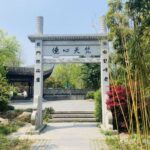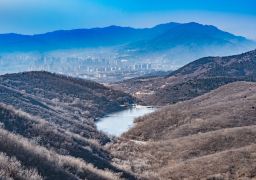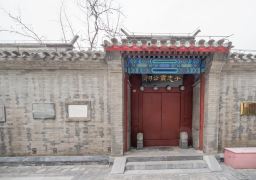
—
**Qingtang Village: A Tranquil Ecological Haven**
**Introduction to Qingtang Village**
Qingtang Village derives its name from the presence of a circular and clear pond within its boundaries. Nestled in a serene location, the village faces north and is situated to the south. The picturesque landscape is further enhanced by the rocky ‘Beiyan Mountain’ that looms behind the village.
**Geographical Features and Surroundings**
The village boasts a flat and open terrain, making it an idyllic ecological village. To the northeast, just in front of Qingtang Village, stands the Hushisheng Buddhist Temple, adding a spiritual dimension to the area.
**Cultural Relics and Historical Sites**
Within the village area, there is a wealth of cultural relics and historical sites that attract visitors and scholars alike. Notably, the village is home to one of the main temples of Zen Buddhism, which enjoys great popularity in Japan and South Korea. The ‘thousand-year-old ancient temple’, Hushisheng Temple, is a significant landmark where Baizhang Huaihai once opened up mountains and built a hut. Additionally, the tomb pagoda of Baizhang Huaihai is a must-visit site for those interested in the historical and cultural heritage of the region.
**Accessibility**
Qingtang Village is open to visitors all year round, with no restrictions on the time of day, making it an accessible destination for tourists and history enthusiasts at any time.
—









